Your dog is unique, and so is his coat.
Some dogs have coats that require considerable time, effort, and expense to maintain, while others require little more than a quick brush every so often over your morning coffee.
In a similar vein, some dogs shed very heavily, to the point you feel you could run your vacuum around the clock and still find fur floating around. While others shed next to nothing.
Either way, understanding the key differences among dog coat types can make a big impact on your decisions when it comes to adopting, how you groom your dog, and the strategies you’ll need to use in order to keep your home as hair-free as possible.
So, to shed some light on this (no pun intended), we decided to break down the different types of coats to give you a better understanding of what makes each coat type unique.
Different Types of Dog Coats
There are 100s of dog breeds in existence, and no two dogs are exactly alike.
Thankfully, however, there are some common traits among dogs of the same breed, and the different coat types can, for the most part, be broken down into three broad categories:
Before we dive into each type of coat, keep in mind that different breeds will fit into multiple categories. For example, a double-coated, short-haired dog will fit into two categories (double-coated + short hair). While a single-coated dog with long and curly hair will fit into three broad categories (single coat + long hair + curly texture).
With that being said, let’s take a look at the different types of coats.
1. Single vs Double Coat
One of the most important elements of a dog’s coat is whether or not it’s a single or double coat. This will make a difference in both grooming and the amount of hair your dog sheds.
Single Coated Breeds
Quite simply, dogs with a single coat have one single layer of fur covering their skin, which can be short, long, or otherwise. The general consensus is that these dogs shed less, which in some respects is true because they have less hair to shed, but this isn’t always the case.
Single-coated dogs are typically not subject to seasonal shedding like their double-coated counterparts. Instead, they tend to shed more evenly year-round. The shedding is more of a gradual and steady process and is often less noticeable.
Here are some examples of single-coat breeds:
When it comes to grooming, single coats are often easier to groom since there’s only one coat to contend with. However, the difficulty in grooming largely comes down to the length of the coat more so than whether the dog is single or double-coated.
On the plus side, unlike a double-coated breed, it’s generally okay to have them clipped. Just keep in mind that single-coated dogs are more prone to temperature changes, particularly cold weather, which generally makes them less suitable as working dogs.
Double Coated Breeds
Double coated breeds have a relatively soft, short, and dense undercoat, in addition to a top coat which acts as a ‘guard’ to the undercoat. The top coat is generally longer and harsher than the undercoat since its job is to protect the undercoat.
The easiest way to tell if you’ve got a double-coated dog is to gently pull your pup’s hair back and look to see if the top coat follows right through to the skin or not.
If you see a variation at the base, especially if it looks like soft woolly fur, you’ve likely got a double-coated dog. Sometimes you will really need to look closely, as they can be very dense on some breeds and vary in texture. Here are some examples of double-coated breeds:
Dogs with an undercoat tend to shed fairly evenly throughout the year, except twice per year when they “blow coat” between seasons. Blowing coat is just another way of saying they are shedding the old coat they no longer need in preparation for upcoming seasonal changes.
And this normally occurs during spring and fall, for two to four weeks at a time. But it depends on the breed as to how many times per year this occurs and how pronounced it is.
Depending on the dog, seasonal shedding can lead to a significant increase in the amount of fur he drops. To the point, you can’t even pat your dog without collecting a handful of fur.
In most cases, this is normal and is not a cause for concern. However, it can be quite intense and require a lot of extra grooming and cleaning to keep it under control. And if you are concerned about your dog’s shedding for any reason at all, the safe option may be to speak to a vet.
Either way, an undercoat can be very useful to your dog as it provides him with protection from both hot and cold weather, insect bites, wind chill, and sunburn, among other things.
This is why it’s not a good idea to shave a dog with an undercoat right down to the skin. Because it can expose him to the elements, and it doesn’t reduce shedding anyway.
In fact, it can actually make the shedding worse. Because shaving down to the skin can lead to skin irritation, which in turn can increase shedding.
It definitely can take more effort to groom a dog with a thick double coat, but it’s there for a reason, so it’s best to leave the coat as is and commit to a proper grooming routine.
2. Coat Length
There are four main “lengths” of a dog’s coat: short, long, hairless, and combination.
The length of the coat will have an impact on how difficult grooming will be and how noticeable the hair they shed is, but it doesn’t impact the amount of shedding they do.
This is because how much a dog sheds depends on a variety of factors that can all impact the natural hair growth cycle. Such as the breed, time of year, individual dog, their diet, overall health, and so on. None of which are dependent on the length of the coat itself.
Here’s an overview of dogs with different coat lengths:
Shorthaired breed:
Longhaired breed:
Hairless breed:
Combination breed:
Shorthaired Breeds: Dogs with short hair are easier to groom, and they’re not prone to mats and tangles. However, they can shed just as much as the longer-haired dogs. In fact, some short-haired breeds shed quite heavily, like the Pug, for example. The notion that shorthaired dogs don’t shed is a myth, it’s just that it’s generally not as noticeable because the hair is shorter.
Longhaired breeds: Any dog with hair over two inches long is generally considered a longhaired breed. These dogs aren’t exactly “hard” to brush and groom, but their coat does tend to get mats, knots, and tangles, so they do require more frequent brushing and coat maintenance.
Hairless breeds: As the name suggests, these dogs have no hair at all, or mostly no hair. If you don’t want any hair dropped throughout your home, consider adopting a hairless breed.
Combination breeds: Dogs with a combination coat have a mixture of short, long, and different textured coats with or without an undercoat. They’re basically a mixed bag.
Note: Some breeds with long hair, like the Afghan Hound, for example, are often referred to as having hair instead of fur because their hair grows longer and sheds less, similar to human hair. The truth is, hair and fur are the same things, but there does appear to be a correlation between longer-haired dogs and lower levels of shedding, especially among those with a single coat.
3. Coat Texture
The texture of a dog’s coat is all about how it looks and feels.
As in, how curly, thick, wavy, wooly, dense, fluffy, or wiry it is. There are quite a few variations of coat texture, but we’ve narrowed it down to five of the most common:
- Smooth
- Heavy
- Broken/Wire
- Corded
- Curly and fleecy
Now let’s take a closer look at each.
Smooth Coated Breeds
Dogs with smooth coats have short, almost skin-like hair that’s relatively shiny in appearance. Despite their short length, these dogs can be single or double-coated and do shed like any other dog. As you might expect, though, they’re typically very easy to maintain.
Heavy Coated Breeds
Dogs with a heavy coat are characterized by thick, bushy coats (long, short, or combination) that are prone to knots and matting. They are often lush and silky, and while they do look beautiful, it often takes a lot more effort to maintain this coat type compared to a shorter-coated dog.
Broken/ Wire Coated Breeds
Broken or wire-coated dogs generally have a soft undercoat, with a rough, wiry top coat that protects them from harsh weather conditions. Dogs with this coat typically shed less and aren’t difficult to groom; however, some owners hand strip these breeds for the show ring, which can take considerably more time and effort.
Dogs With Corded Coats
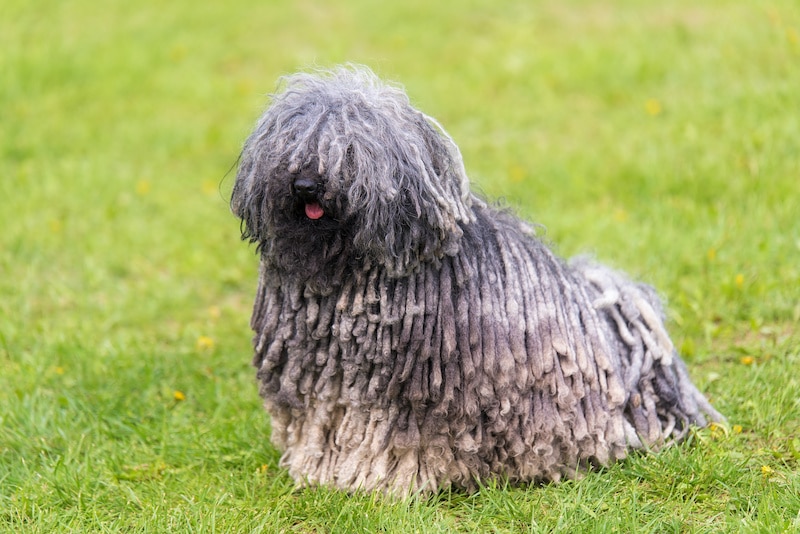
If you’ve ever seen a dog that looks like it has dreadlocks, chances are it’s one of these. Dogs with a corded coat naturally shed less because most of their loose hair becomes trapped within the cords before getting a chance to fill your home. That said, it can take a significant amount of time and effort to maintain their coat and to ensure it doesn’t get matted.
Curly, Fleecy Coats
When it comes to dogs that shed the least amount of fur, dogs with a curly, fleecy coat are right at the top of the list. A well-known example of these breeds is a Poodle, which has a single, curly coat that sheds very little in comparison to most breeds. However, they do require a lot of attention when it comes to grooming, so it’s a trade-off.
Bottom Line
As you can see, there are quite a few variables when it comes to dog coat types, and each variation has its own set of pros and cons to consider.
For example, dogs like the German Shepherd have thick, double coats that shed quite a lot throughout the year and even more heavily during seasonal coat blows.
Then there are curly-coated dogs like the Poodle and Bichon Frise, which don’t shed anywhere near the same but require more effort when it comes to grooming.
Then you’ve got dogs that sit somewhere in between. Like the Great Dane, for example, which is super easy to groom but sheds fairly heavily year-round.
You don’t need to be a “coat expert” to find a low-shedding breed or know how to manage shedding, but understanding the basics can be helpful.
Another important aspect of properly caring for your dog’s coat is choosing the right type of brush. Because just like each breed has a unique coat type, there are different types of brushes you can use that suit one type of coat more than another. And understanding which brush is best for which coat can make a big difference in how effectively you can manage the shedding.
See our guide to the different types of dog grooming brushes to learn more.

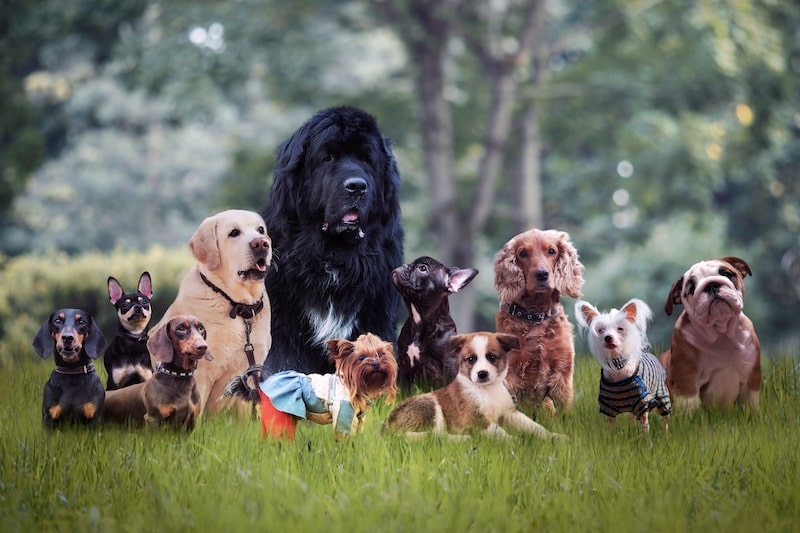

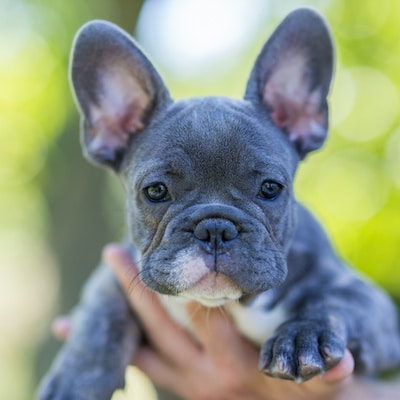
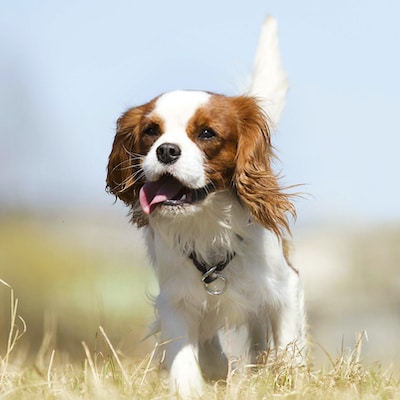
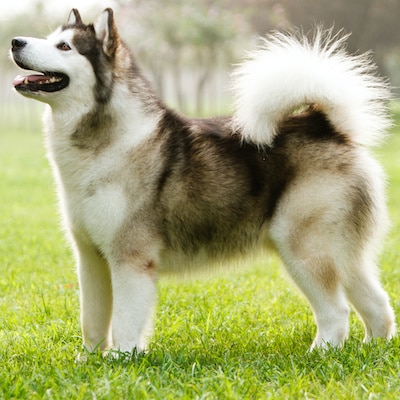




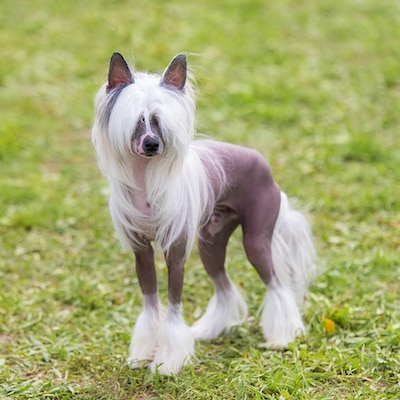

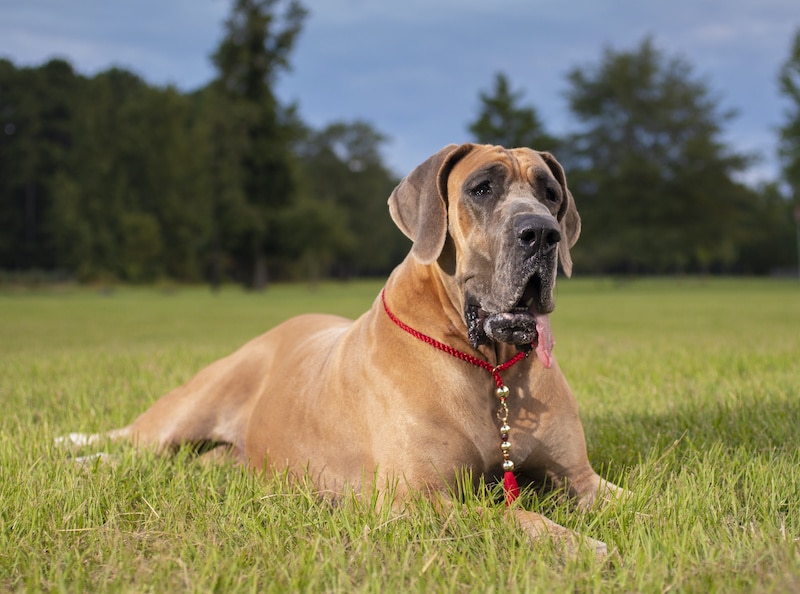
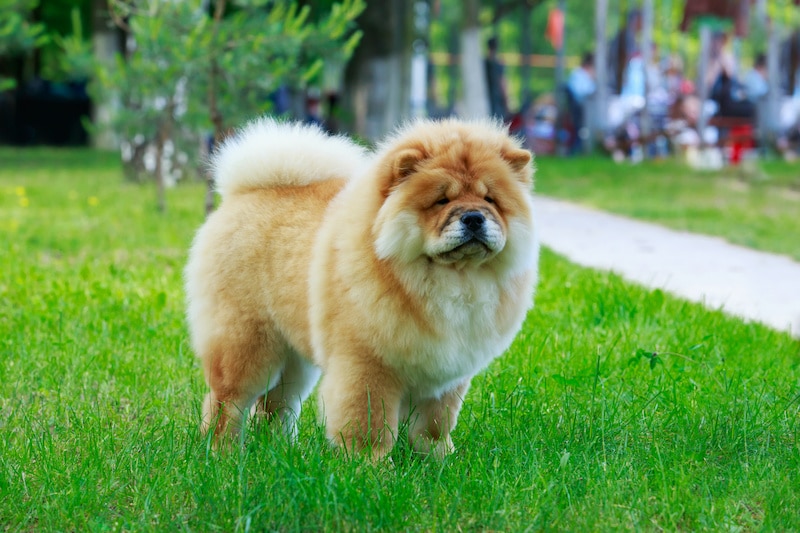
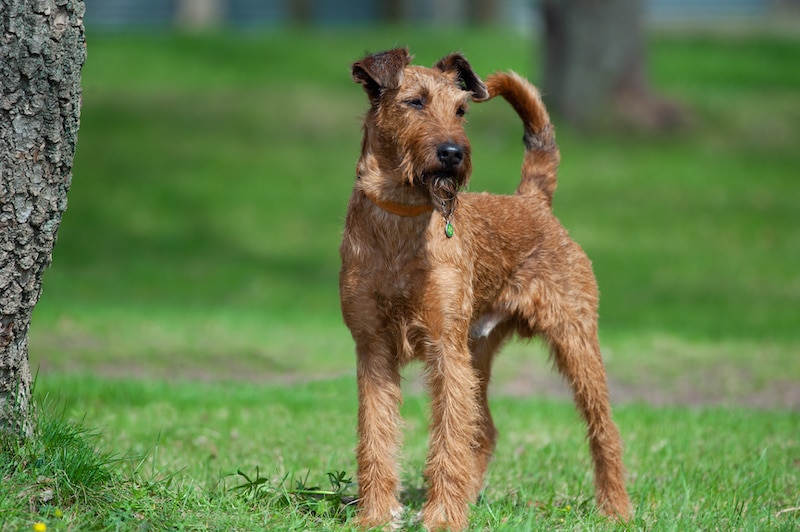
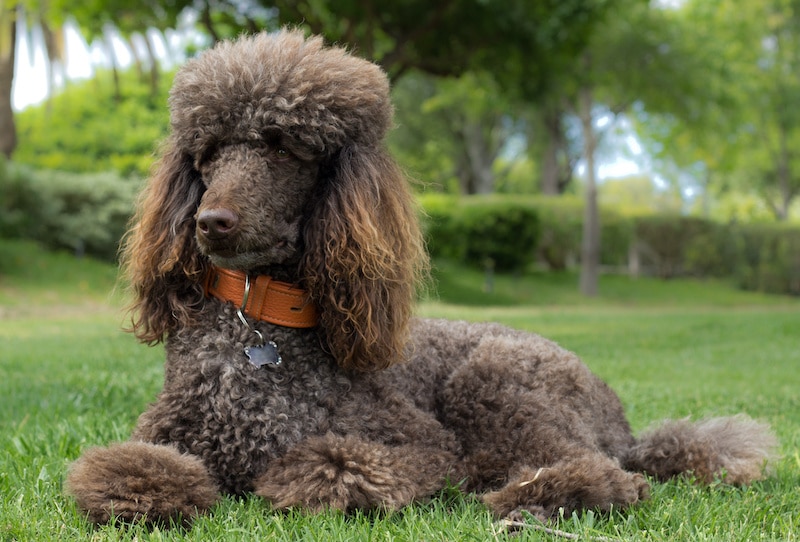










Please note: By submitting a comment using the above comment form, you confirm that you agree with the storage and handling of your data by this site as detailed in our Privacy Policy.